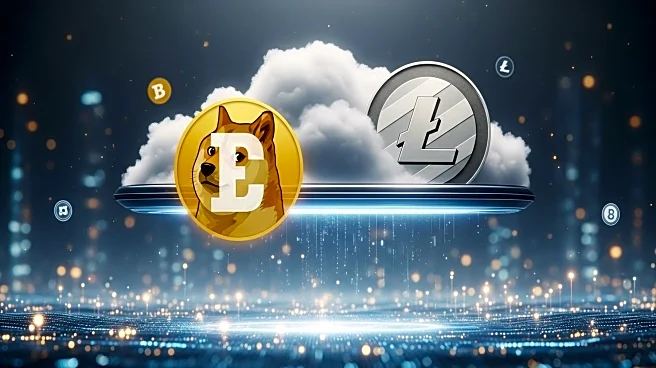What is the story about?
What's Happening?
Crypto faucets offer small amounts of Bitcoin or other cryptocurrencies in exchange for completing tasks like clicking ads or solving captchas. While they promise easy money, most faucets are gimmicks or scams, offering minimal payouts and posing security risks. Faucets can serve as a low-risk way to learn about blockchain transactions and wallet operations. However, users must be cautious of malware, phishing links, and high transaction fees. The concept originated in 2010 with Bitcoin pioneer Gavin Andresen's faucet, which distributed coins now worth a fortune.
Why It's Important?
Crypto faucets highlight the challenges and risks associated with earning cryptocurrencies through unconventional methods. While they provide a learning opportunity for newcomers to the crypto space, the potential for scams and security breaches is high. This underscores the importance of understanding blockchain technology and using secure wallets. As the crypto market evolves, users must be vigilant about where they engage and how they protect their assets. Faucets may also serve as a reminder of the speculative nature of cryptocurrency investments.
Beyond the Headlines
The use of crypto faucets reflects broader issues in the cryptocurrency industry, such as the need for better security measures and user education. As digital currencies become more mainstream, the industry must address these concerns to build trust and ensure safe participation. The evolution of faucets from distributing valuable Bitcoin to testnet tokens for developers illustrates the changing landscape of crypto and its applications.
AI Generated Content
Do you find this article useful?













